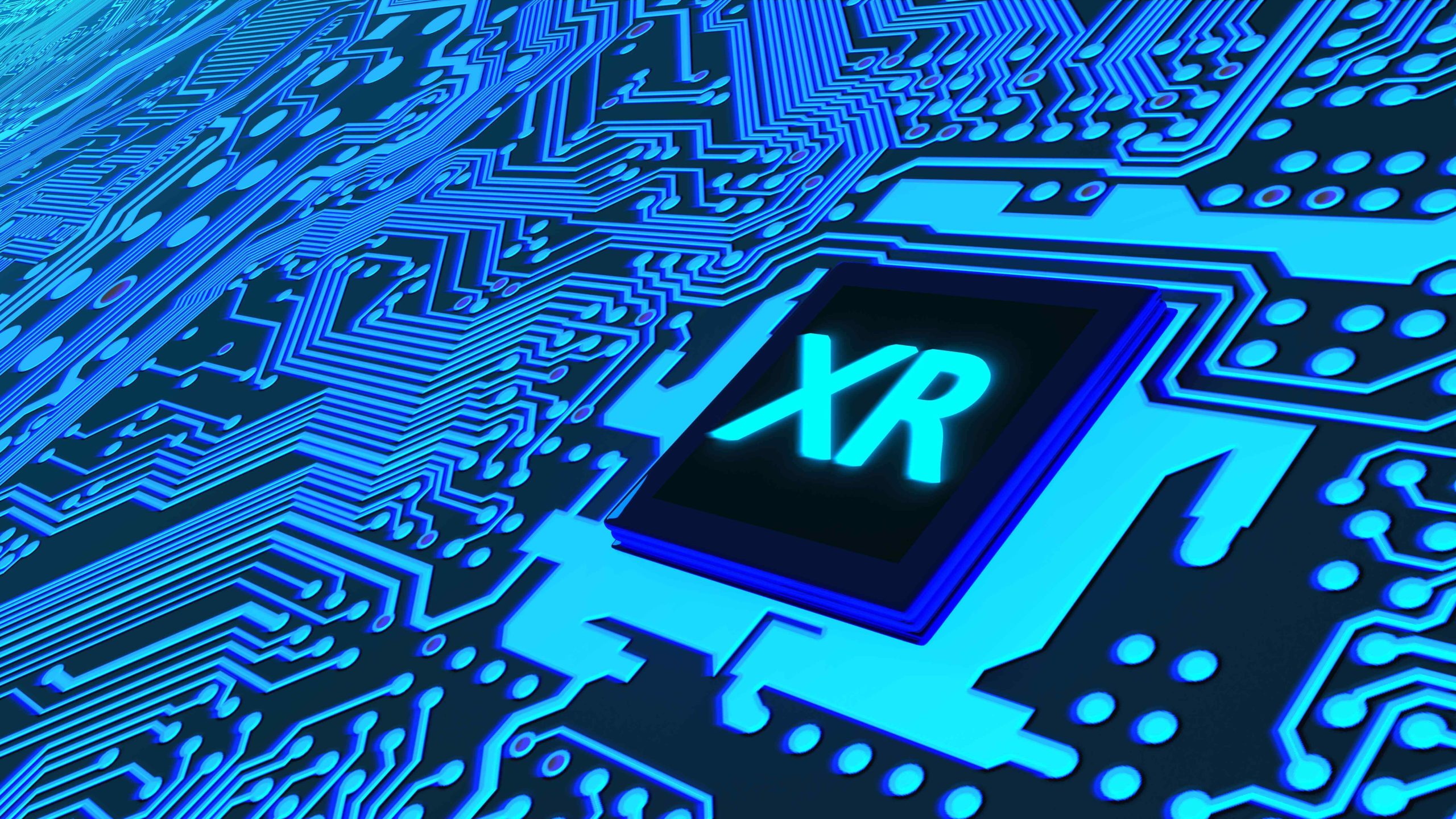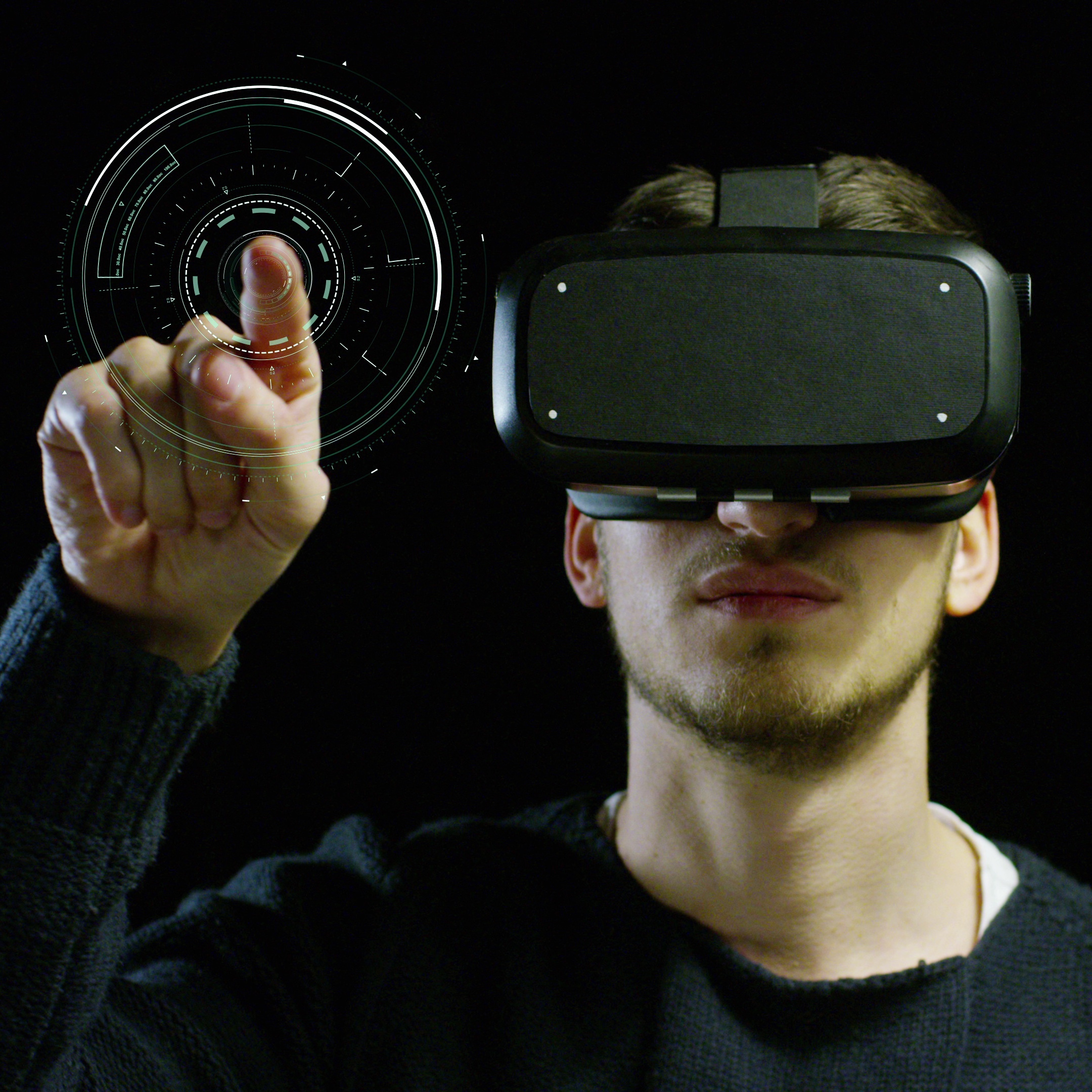Factors encouraging extended reality market growth and what this means for your brand
Introduction
The Extended Reality (XR) market is amidst a massive boom, with growth projections depicting a sunny decade ahead in terms of continued growth. Here are some top figures and projections to consider:
Precedence Research found that the global XR market stood at USD 35.14 billion in 2022. It projected the sector’s value to be USD 345.9 billion by 2030, with a compound annual growth rate (CAGR) of 33.09 from 2022 to 2030.
Research and Markets projections indicate that the XR market will grow at a CAGR of 35.27%, reaching US$95.438 billion in 2028 from US$11.514 billion in 2021.
Zion Market Research has valued the XR market size at $41.01 billion in 2022 and predicted it will reach $142.04 billion by the end of 2030.
These numbers aren’t just projections. The world’s mega-brands are serious about XR. Microsoft, for instance, has pumped money into the industrial metaverse and has business moves underway that dabble in hologram technology and applications.
So why has XR become such a big deal in recent months? Let’s find out.
Factors contributing to the extended reality market’s growth
Here is the combination of factors that have pushed XR into the spotlight.
Post-pandemic tech foundation
The pandemic and lockdowns pushed companies to develop the infrastructure (openness and familiarity) to work online. Businesses and individuals are now habituated to virtual training, meetings, and collaboration. This readied the world for extended reality, in terms of both infrastructure and attitude.
The rise of 5G and Industry 4.0
Related technologies have also been instrumental in paving the way for XR to become more mainstream. For example, 5G networks come with higher data speeds than 4G networks – this was essential for XR to move from science fiction to real life. XR apps use large amounts of data to stream high-definition VR experiences and download augmented reality overlays.
Meanwhile, Industry 4.0 is about using tech for process and product optimization. This creates demand for XR experiences, wearables that enable on-the-job assistance, and digital twins of factories that can simulate scenarios and pre-empt issues. A digital twin of a factory is simply a virtual replica of a proposed or existing physical factory.
The increasing maturity of gaming devices and tech
As the gaming market matures and grows, the associated hardware is also becoming more sophisticated and accessible in terms of both costs and availability. VR headsets, haptic feedback controllers, omnidirectional treadmills, and micro-OLED displays make any XR experience more realistic and immersive. This gaming tech isn’t necessarily only for teenagers (and adults) who enjoy gaming – the same tech can be used for other XR experiences. For example, the same VR headset could be used if a brand promoting organic clothing wished to take you on a tour of its very sustainable manufacturing facility.
Increased investment and development
Nothing popularizes a concept more than influence and investment. XR boasts about both. Big names are pumping capital and initiative into XR – the list of big names includes Apple, Meta, Microsoft, and Sony.
Alongside this, there is tremendous development that relies on XR. For example, XR tech is powering digital twins, which are being used by companies like Siemens, Coca-Cola, Hyundai, and Unilever (to name a few) to develop digital twins of factories and optimize processes. These names are front-runners in their sectors, with a massive sphere of influence. Their actions make headlines and prompt other brands to consider following suit.
Compelling ongoing use cases
XR has found favor in several sectors. Here are some examples:
Healthcare
XR is already being used for remote healthcare and could become more prevalent. Healthcare training and education can also improve with XR – for example, medical students can learn about the human anatomy without needing to work on cadavers. Surgery simulation can improve the outcomes of invasive surgeries.
XR can also enable more widespread access to mental health treatment and help overcome the stigma that some patients might face when visiting a mental health professional or institution. Additionally, XR can enable pain management by distracting patients from their pain by taking them on a virtual trip to a beach, for example. PTSD and CBT can also be treated using XR by controlled exposure to triggers.
Entertainment
Gaming presents a popular use case for VR headsets, making the gaming experience more realistic and immersive. The VR headsets and other hardware we discussed earlier, like haptic controllers and omnidirectional treadmills, allow players to have better control over their movement in the game. Plus, teenagers – a significant stakeholder of the gaming market – are fascinated by the latest advancements in tech and gaming, which hold the potential to drive up demand for XR hardware and thereby stimulate the market.
Additionally, XR is used in theme parks, and in film-making. The Star Wars films represent one of the earliest uses of XR in their production.
Defense
Reports indicate that the US military has invested heavily in XR technology to improve training for their troops. This tech combines real-world data and simulated training environments to help troops get a sense of what they would be dealing with if these simulated scenarios were to play out and develop the reflexes to cope.
Engineering and manufacturing
XR can be used to create life-size versions of design blueprints, enabling fine-grained observation and ultimately elevating the safety and efficiency of the end products. Moreover, innovation can occur virtually, saving the time and capital involved in physical innovation. Factories can be simulated to optimize processes and incidents like machinery breakdown can be pre-empted. Employees can be trained on using high-risk machines or working in hazardous environments using XR before facing the real scenario.
E-commerce
Today, you can quickly try on a wristwatch or a pair of sunglasses even when shopping online. You can see how a new dining table will look in your living room. That’s augmented reality at work. In this way, XR enables the e-commerce industry by enabling a trial of items that would otherwise have to be purchased only after an in-person store visit, which many people currently do not have the time for.
Tourism
National tourism offices (like Incredible India and VisitBritian, for example) invest heavily in destination promotion by sponsoring junkets for the press, travel agents, and other stakeholders. The idea of these sponsored trips is to showcase and promote their destinations and ultimately attract more tourists. However, they could reach a greater number of journalists and travel agents with XR tours of tourist hotspots that they are keen to promote. Moreover, press and travel facilitators can keep revisiting these tours rather than the trip being a one-and-done exercise.
Hotels can build trust with potential guests by offering a look-before-you-book proposition where visitors take a VR tour of the hotel’s guestrooms, restaurants, and facilities before making a booking.
Additionally, expensive destinations that can only capitalize on high-end travelers can augment their market by offering paid XR tours. For example, many people might not be able to visit Iceland or Norway to see the Northern Lights. They might be willing to pay for an immersive experience.
Real estate
XR can allow home buyers to view their prospective homes even when it does not suit their schedule to visit an open house or attend a real house demo organized by the realtor. This is especially useful in the second-homes market, where locations may be very remote – the homebuyer can see tons of homes virtually and zero-in on the one or two homes they would like to view physically.
Marketing
XR allows marketers to showcase products and behind-the-scenes processes to customers and stakeholders. At magineu, we employ XR to help our clients improve brand storytelling. For example, we helped India’s largest steel company create an XR version of their factory, and the country’s biggest name in petroleum created a VR experience of their factory.
In addition to contributing to the rise of XR, these cases illustrate how XR can benefit your brand and business.
Conclusion
XR is exciting for audiences and efficient for businesses in many ways. That said, high device costs and even higher experience production costs stand in the way of full-fledged adoption. It might be a few years before costs become less prohibitive, but the process has already begun. For example, Meta’s Oculus Quest 2 is priced at $299, a whole $100 or about 25% less expensive than the first version. While that is still an admittedly high cost for a single headset, other options are available to brands seeking to use immersive experiences. The best option is to use XR under an as-a-service model, where companies work with expert service providers to channel XR for relevance.
This is already happening. At magineu, we have delivered as-a-service XR experiences to large companies, helping them depict brand narratives in novel, exciting, and immersive ways. A fine example of this is in brand experience centers, where we’ve brought remote, intricate factory processes into augmented and virtual reality.
Are you ready to take your brand from off-screen to on-screen? Try XR.



